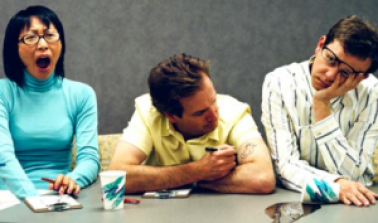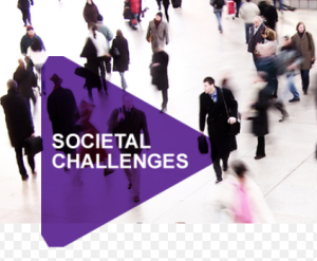
I was recently working through a set of older presentation files and came across this extract concerning innovation again and thought I must share this. Sadly, it rings true as much as it did those (many) years back.
“Strategy is useless without innovation; innovation is directionless without strategy”.
Below is an extract from “Reinventing Innovation” by John J Kao. For me, it is sadly as relevant today as when I first came across it, some years back. Are we making real progress in our innovation activities? Continue reading “The lost innovation pathway”








